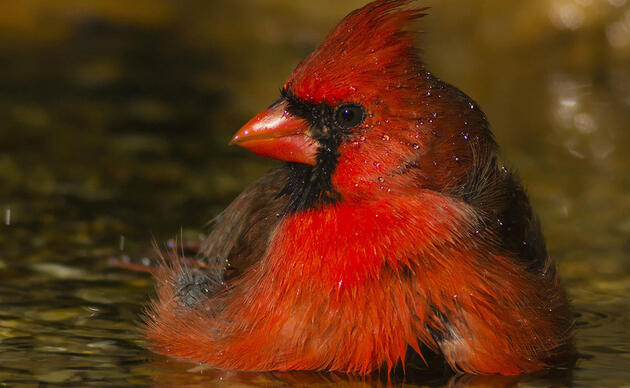On August 27, the National Fish and Wildlife Foundation (NFWF) announced a $2 million grant aimed toward protection and restoration of the coastal wetlands on Cape Sable, located in southwestern Everglades National Park.
The grant, awarded to the Everglades Foundation, is one of 29 announced as part of the Gulf Conservation Grants Program. The funding is meant to enhance coastal wetlands of the Gulf Coast while bolstering fish and wildlife populations.
Audubon Florida commends NFWF for recognition of Cape Sable as a coastal wetland of significant importance. We also thank our partners at the Everglades Foundation for their continued commitment toward fulfillment of restoration of Cape Sable.
The interior wetlands of Cape Sable are one of the most ecologically productive environments left in Florida. The area serves as critical habitat and foraging grounds for Roseate Spoonbills, Wood Storks, many other wading bird species, shorebirds, and important game fish. A number of endangered species including the American crocodile and smalltooth sawfish also live and breed in these waters.
Despite this areas importance to wildlife, the region has suffered over the decades from a network of historic canals dug into its interior. The canals have led to saltwater intrusion and breakdown of the once productive marsh.
Audubon Florida has long recognized the importance of Cape Sable to local wildlife. Decades of Audubon's Everglades science work has shown that the increased flow from the Gulf of Mexico through the canal network was having cascading negative consequences for the ecosystem. Most importantly, our team has documented a loss of forage fish. These tiny preyfish are a crucial food for the myriad wading birds who depend on these wetlands for survival.
Audubon's findings were influential in the National Park Service's acquisition of $10 million in funding to construct the first set of dams to slow the flow of saltwater through the harmful canals. There has been early signs of success with this project and the recent NFWF grant is an integral step toward acquiring the approximately $8 million needed to complete the second phase of restoration on Cape Sable, which involves the building of four more impediments to flow.
We believe this restoration work is essential toward increasing the success of the bird life in the region and are continuing our research and working with our partners to achieve restoration success on Cape Sable.
By Jonathan Webber
Stay in Touch!
Show your love of birds today. Subscribe to receive email updates about Audubon's conservation work and hear about opportunities to help birds in your area or nationwide.




